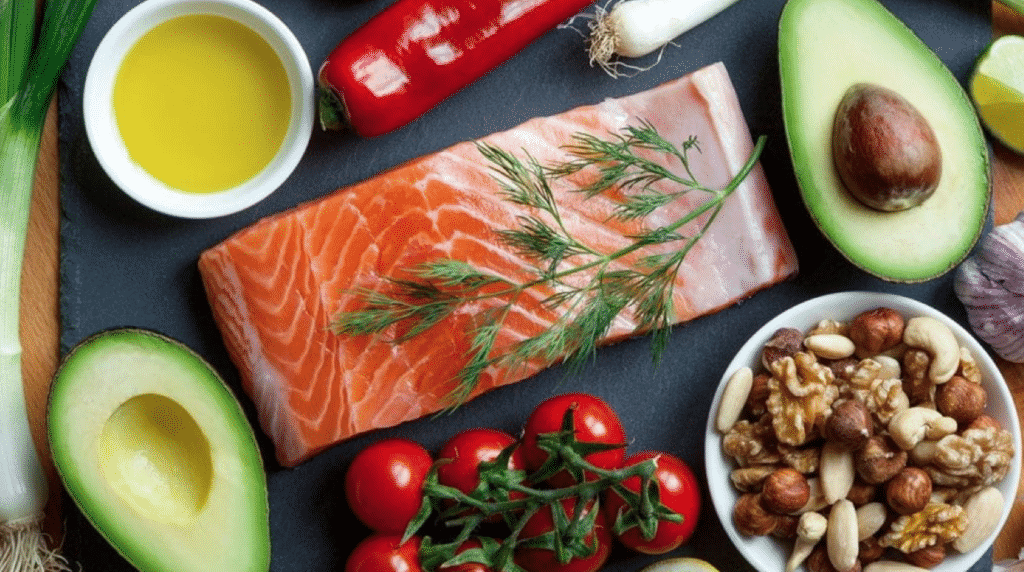The most common question in the fitness and health industry is BY FAR “What’s the best diet to lose weight?” or “What is the Best Fat Burner” (well maybe it shares first spot with “How do I get a six pack?”)
The truth is what everyone hates to hear – it depends and it’s not always as simple as taking a fat burner like Oxyshred . This isn’t sexy to say and that’s why there are so many diets out there. Nobody in the health industry would be making any money if they just flat out told you “it depends”.
So instead they will try and tell you that “Keto is the proven winner”, or “Paleo is the best”, or “Intermittent Fasting is hot right now” or “These are the best weight loss supplements to take” It goes on and on.
Truth is, the best diet FOR YOU, is the one that YOU can stick to.
Not the one your mum is doing and not the one Karen, Susan and Maria are doing. YOU have to find what works for YOU and if that’s a complex combination of six diets or following one to a T, then so be it. As long as you can adhere to it and see yourself following that diet long term, that’s the diet you should be on.
To help clear things up, here’s a brief description of three of the most common diets at the moment.
1. Ketogenic Diet
On this diet you would limit your carbohydrate intake significantly (approximately 20g net/day) so that your body goes into ketosis (this means it would use fat instead of sugar for energy). This can potentially reduce hunger, help you lose weight (because you’re cutting out A WHOLE food group) and improve your energy levels.
The ketogenic (keto) diet can result in high electrolyte losses due to reduced glycogen storage and if you don’t replace these regularly, imbalances can result in headaches, dizziness, brain fog and muscle soreness (keto flu). This diet can also be hard to stick to as you basically can’t eat any carbs.
2. Paleo Diet

On a paleo diet you can only eat whole, unprocessed foods that have a resemblance to what they look like in nature. This means you can eat fish, eggs, vegetables, fruits, nuts, seeds, herbs, spices, healthy fats and oils.
It also means you have to avoid processed foods, grains, dairy, legumes, simple sugars and artificial sweeteners. This diet claims it can reduce inflammation, improve gut health, assist with weight loss and result in clearer skin.
The biggest side effect of this diet is that it’s very strict and can be hard to stick to and, as with any restrictive diet, it can also create an unhealthy relationship with food as it directly labels food as ‘good’ or ‘bad’.
3. The 5:2 (‘The Fast Diet’)
With the 5:2 diet you eat normally for five days of the week and then restrict your calories to 500 – 600cal (2,100 – 2,500kJ) per day for the remaining two days. This can help you lose weight, be less restrictive with your eating and improve blood sugar levels due to fasting and weight loss.
The biggest side effect of this diet is that your hunger might increase on the days you fast, sometimes so much that you go into your ‘normal’ day so hungry that you end up eating way above your calorie budget. This is not recommended for people with Type I/II Diabetes or pregnant women… or those with little self control.
4.Flexible Dieting/IIFYM
This diet is the least restrictive out of the four, but also the one that might sound the hardest as you’re going to have to take the time to LEARN what’s in what food and how much of it you can eat to be within your calorie/macro targets (read: What are macros?).
It’s based on “If It Fit Your Macros” (IIFYM), a diet that allows you to have anything you want (yes donuts too), as long as it fits your macros. This diet is good because it’s not very restrictive and doesn’t cut out any food groups, making it more sustainable. The downside of IIFYM is that it will take up a lot of time when you first start out to figure out how to track your food/what’s in it.
Final Takeaway
At the end of the day, none of these diets are magic – they’re just tools to create that calorie deficit (read: What are calories?).
That’s what it all comes down to – eating less calories than you burn.
How you do that is up to YOU.
I follow, and teach all my clients, the “Flexible Dieting” approach as I believe it’s the most sustainable.

